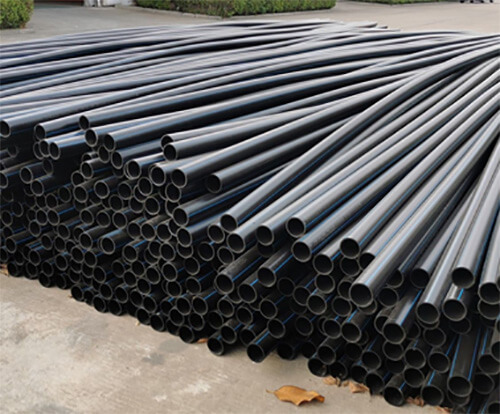Sprinkler Pipe Fittings is one of the widely demanded pipes for which we are considered a prestigious manufacturer in the market. It is made up of finest quality HDPE procured from our trusted vendors and processed using technologically advanced machinery at our unit under the strict supervision of our experts. This product is installed at various places including farms, agriculture fields and garden areas for sprinkling water as required. They are known for being easy to install, easy to handle and durable.


